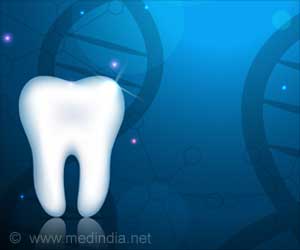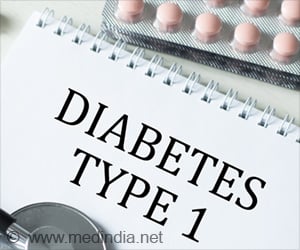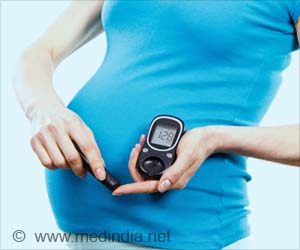Altered metabolism of lipids will help to predict the risk of progression of gestational diabetes to type 2 diabetes in women following childbirth. Changes in a set of eleven lipids could help predict which women would go on to develop type 2 diabetes.
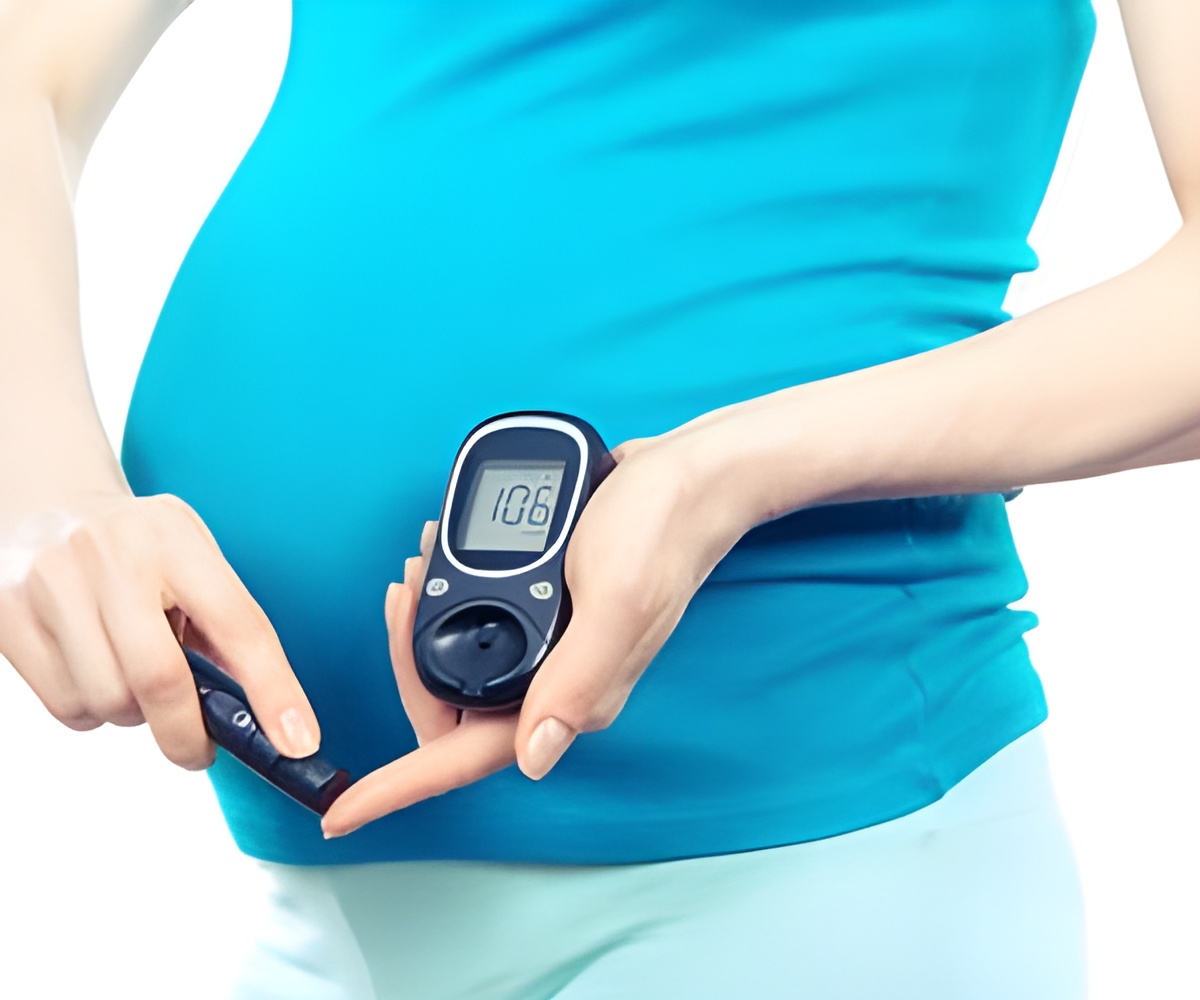
TOP INSIGHT
Specific lipids predict the risk of progression of gestational diabetes to type 2 diabetes after a pregnancy. This can help physicians identify those at risk of developing the condition and ensure they receive preventive care.
Read More..
"It is critical to uncover the underlying metabolic changes that cause women to develop type 2 diabetes so that we can identify and start preventing more of these cases," says lead author Mi Lai, Postdoctoral Research Fellow at the University of Toronto, Canada.
To do this, Lai and her colleagues analysed more than 1,000 different lipids found in fasting blood plasma samples collected from 350 women with gestational diabetes between six to nine weeks after their delivery. Of these women, 171 went on to develop type 2 diabetes within the next eight years and 179 did not. The analysis identified 311 lipids associated with a higher risk of developing diabetes and 70 associated with a lower risk.
The team found that dyslipidemia after childbirth, where an abnormal amount of lipids occur in the blood, is enabled by an increase in the metabolism of glycerolipid - which activates lipid storage in the body - and the suppression of two other types of lipid called phospholipids and sphingolipids.
"There appears to be an increase in the formation of fat prior to the onset of type 2 diabetes," explains co-senior author Feihan Dai, a research scientist of physiology at the University of Toronto. "This process shifts metabolites towards triacylglycerol formation and away from phospholipids and sphingolipids, and this might be the driving force of the onset of the disease."
"Our findings lay the groundwork for further research and possible development of new methods to help predict the progression from gestational diabetes to type 2 diabetes in women following childbirth," concludes co-senior author Michael Wheeler, Professor of Physiology and Medicine at the University of Toronto. "Predicting this risk early would allow for the timely intervention and prevention of diabetes in new mothers."
 MEDINDIA
MEDINDIA



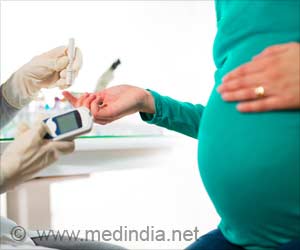
 Email
Email







